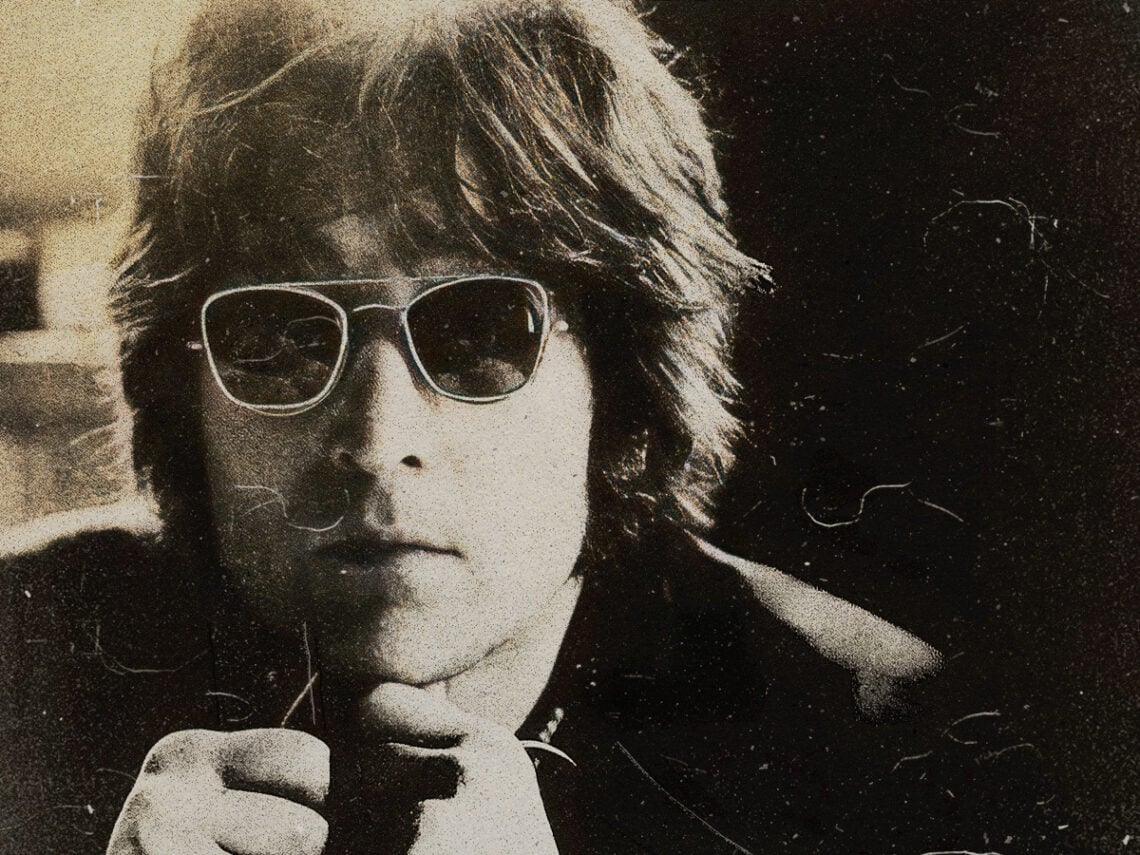Spawning out of the suburbs of Liverpool in the early 1960s, The Beatles unknowingly began forging their legacy as the biggest band of all time. They pushed recording techniques forward, gave rise to fan culture as we know it today, and created pop all-timers and experimental psychedelia in equal measure. Their appeal has proven to be universal, as listeners and critics continue to heap praise on the Fab Four to this day.
As a result of their mammoth legacy, the lives and creative outputs of The Beatles have been subjected to endless study and scrutiny. They penned hundreds of songs between them, but, somehow, every single one of them has been analysed and intellectualised to the nth degree. Lyrics and compositions have been pulled apart and put together again, investigated for hidden meaning or methodology.
There are certain songs that warrant this kind of treatment – lyrically cryptic songs like ‘And Your Bird Can Sing’ or deliberately nonsensical works like ‘I Am The Walrus’, for example. The band’s more experimental sonic endeavours may also require a little more thought, such as their seminal use of sampling on ‘Tomorrow Never Knows’ or the psychedelia of ‘Strawberry Fields Forever’.
However, not every song in their catalogue asked to be intellectualised. Sometimes, their songs didn’t contain some deep spiritual meaning or the ingredients to create a great song. Sometimes, they were just recordings of four lads having fun in a studio. “We used to have a laugh about this, that or the other,” Lennon once told Rolling Stone, “In a light-hearted way, and some intellectual would read us, some symbolic youth generation wants to see something in it.”
While the songwriter acknowledged that the band took “some parts of the role” seriously, there was one song that he saw as exempt from this intellectualisation: ‘Helter Skelter’. Appearing on The Beatles’ 1968 self-titled record, also known as The White Album, ‘Helter Skelter’ saw the band returning to their rock and roll roots, pushing the genre on even further.
Amidst roaring riffs and a bed of drums, the track featured some nonsensical lyrics. “When I get to the bottom, I go back to the top of the slide,” Paul McCartney began, “Where I stop, and I turn, and I go for a ride.” His vague words could be endlessly interpreted, perhaps referencing the peaks and troughs of fame, of relationships, of drug use, or simply of riding a helter skelter.
To Lennon, though, the meaning of the song didn’t seem to extend beyond its thrashing instrumentals. “I don’t know what ‘Helter Skelter’ has to do with knifing someone,” he commented before admitting that he hadn’t even listened back to the song. “I’ve never listened to it properly,” he said, “It was just a noise.”
The noise certainly is the most striking part of ‘Helter Skelter’. As McCartney sings of his endless journeys down the funfair ride, his words are, more often than not, overshadowed by the screeching feedback and loud drums that surround them. It’s the sound of four Liverpudlian lads exercising their noisiness in the studio rather than penning something lyrically meaningful.
While ‘Helter Skelter’ is still worthy of study, as a precursor to heavier forms of rock and as a part of the discography of the biggest band of all time, it is also “just a noise”.

